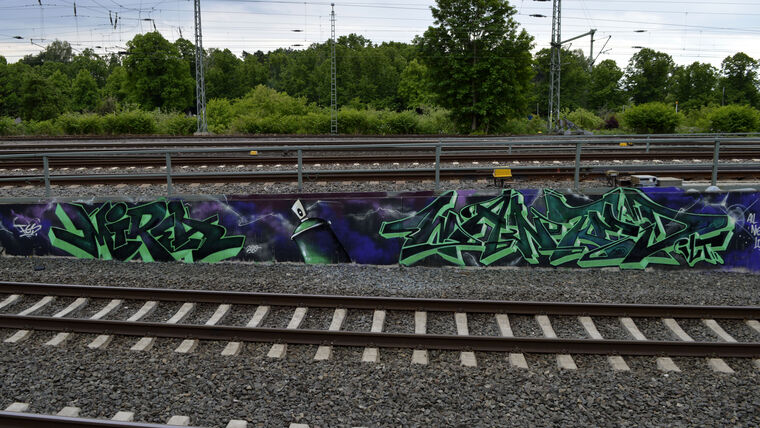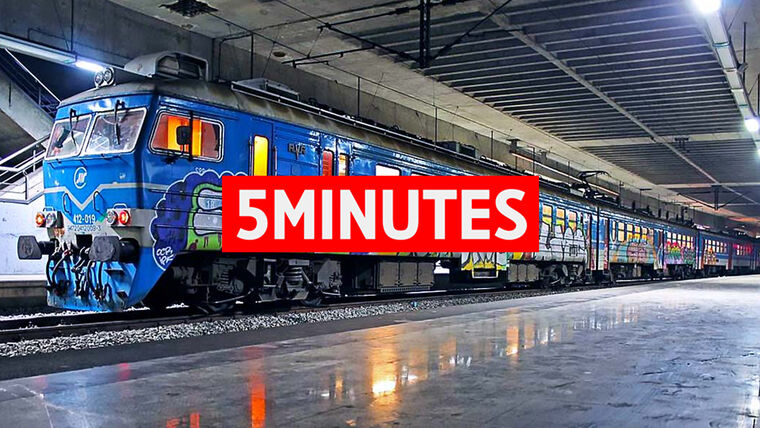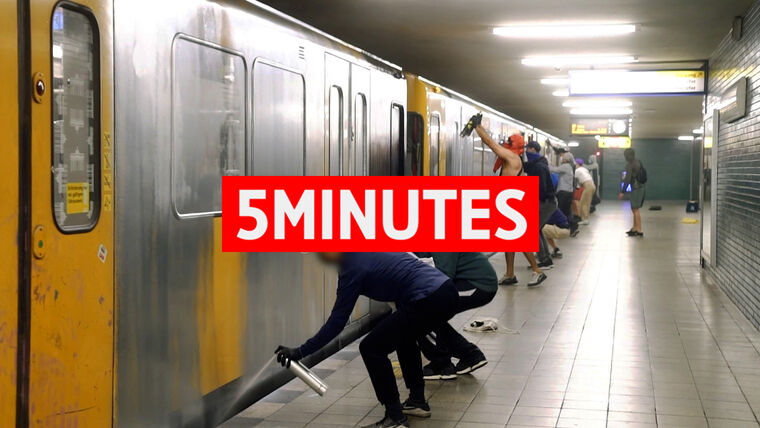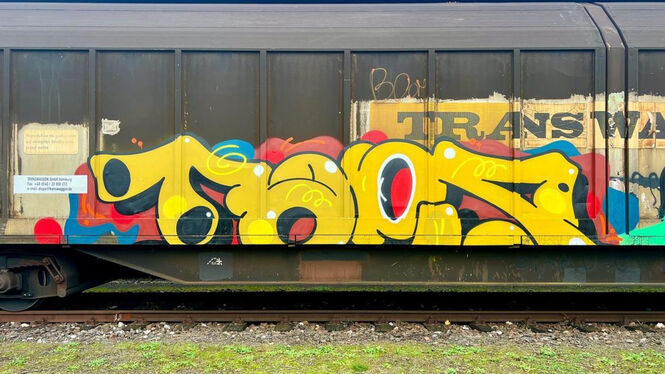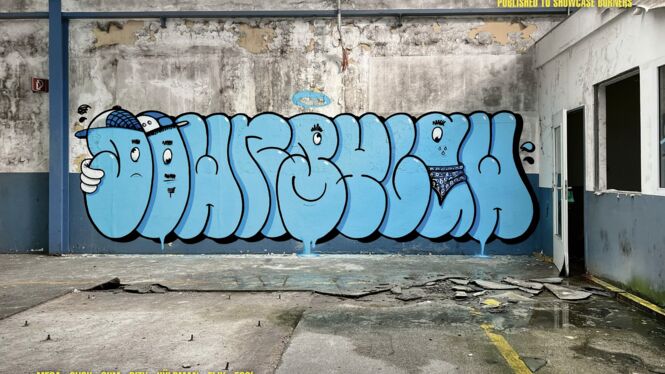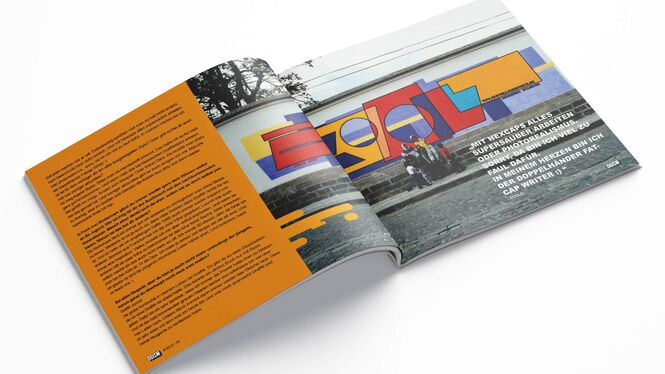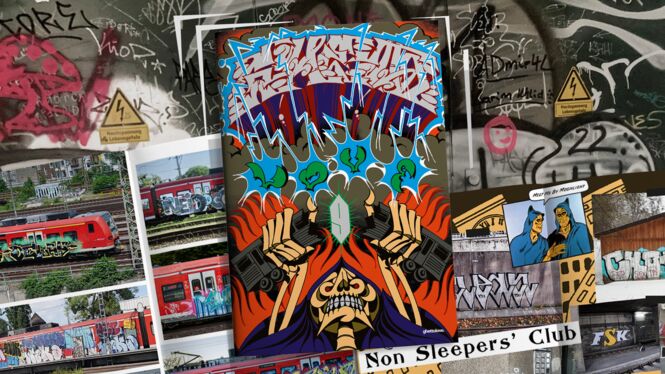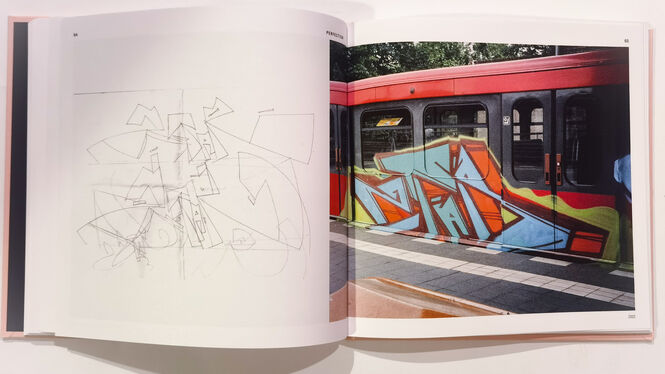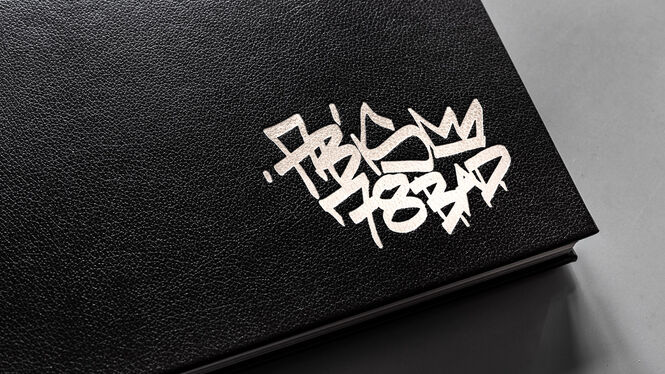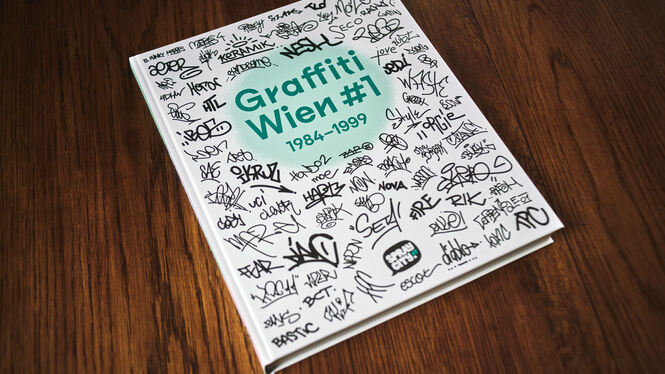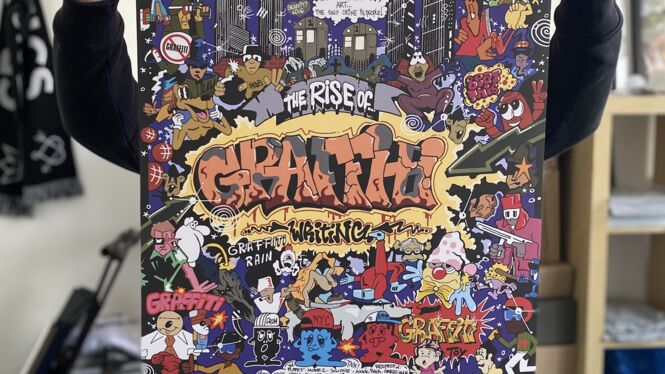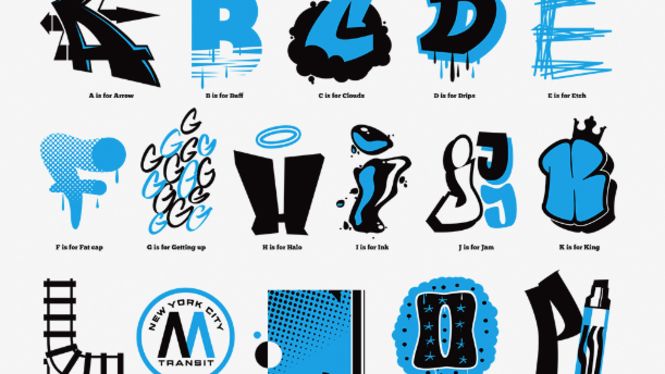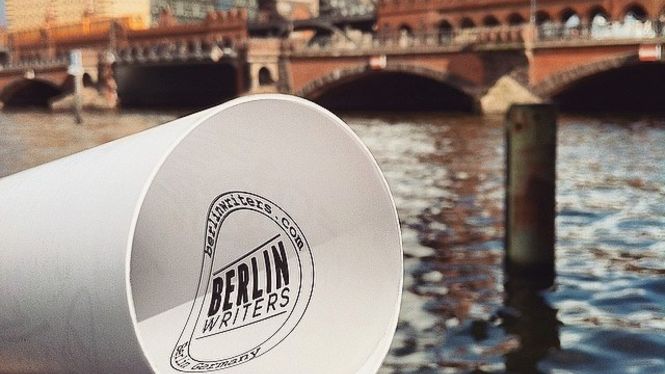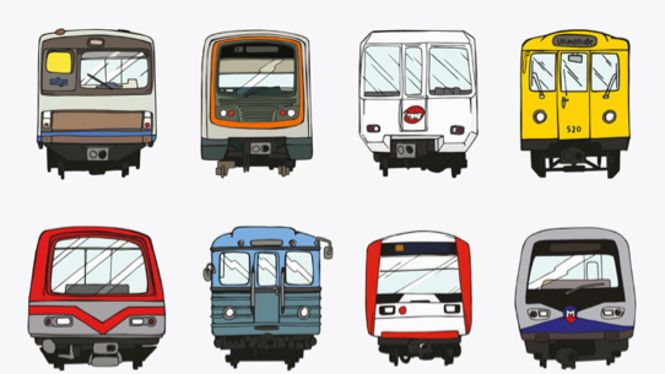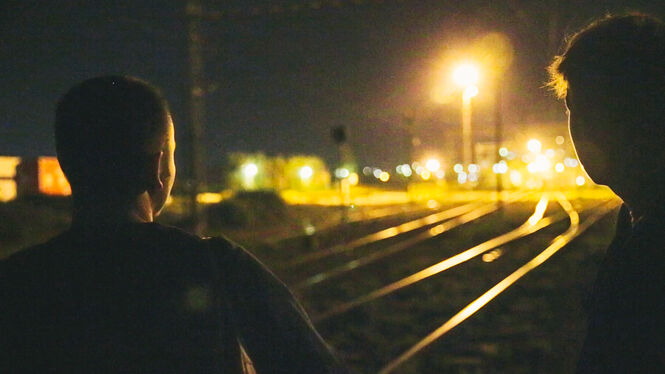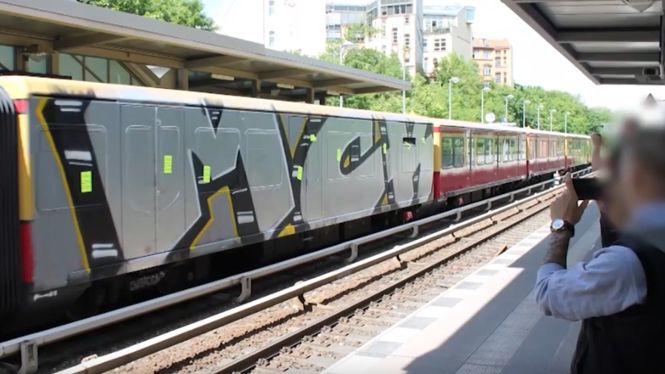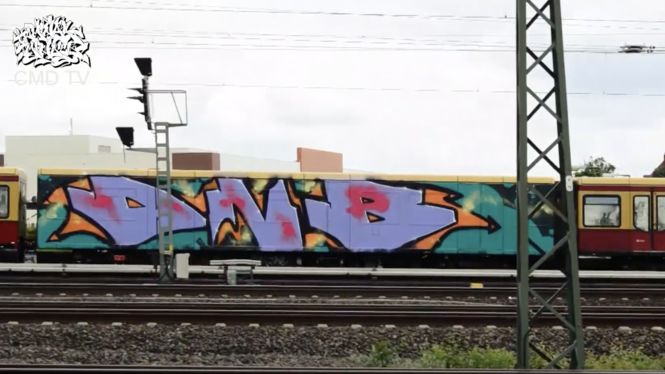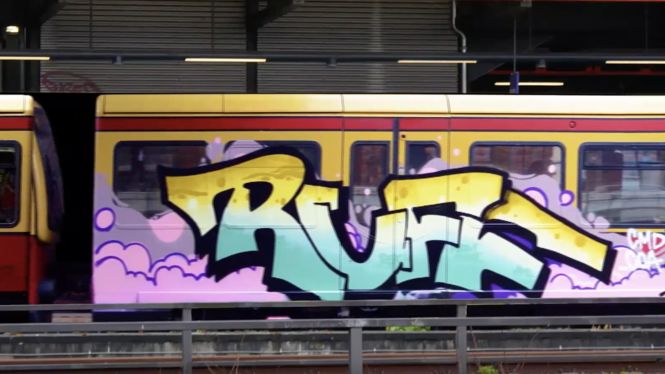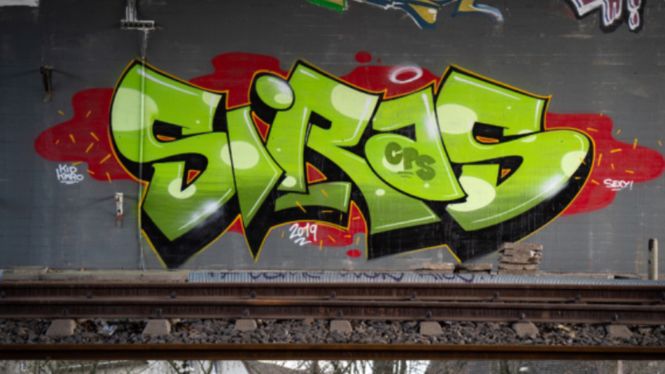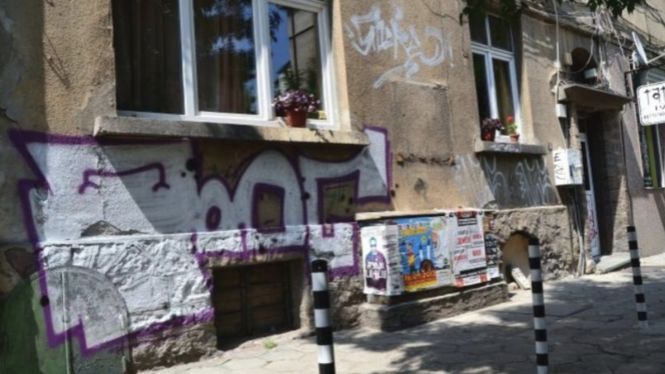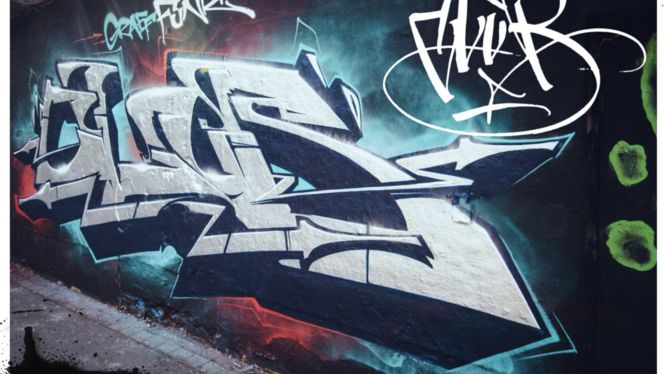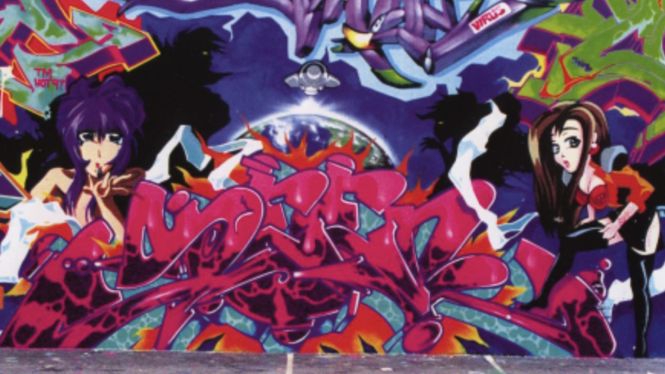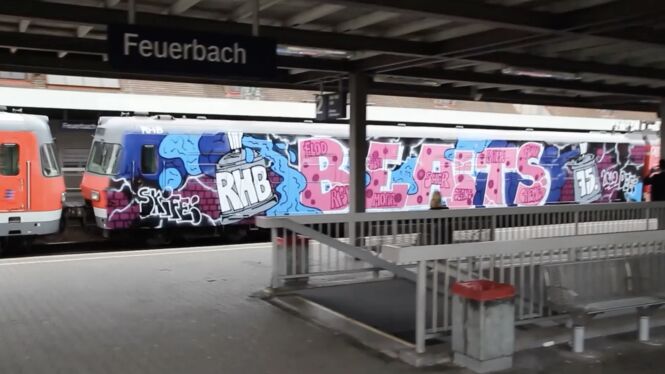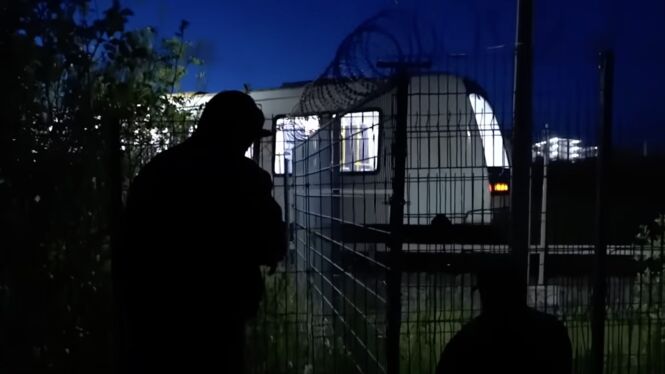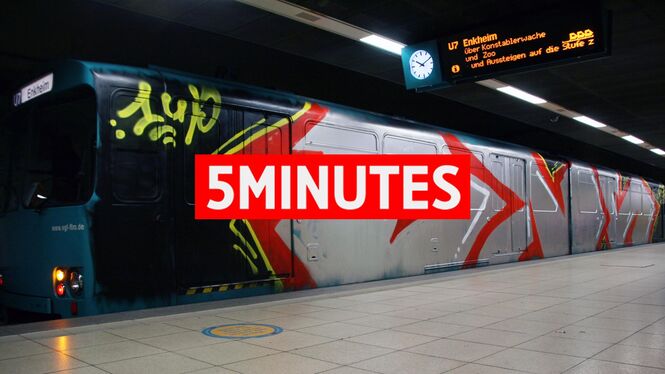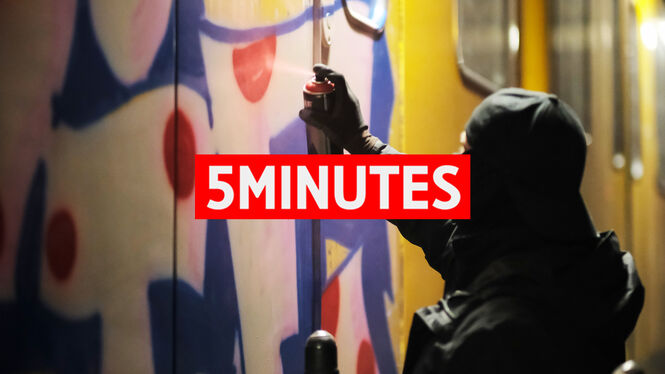Ende Juli berichteten Medien weltweit über die zwei US-amerikanischen Flaggen, die auf der Brooklyn-Bridge in New York in einer Nacht-und-Nebel-Aktion von Unbekannten durch weisse Flaggen ersetzt wurden. In den Staaten war die Aktion eine gute Blamage für die Polizei, die ihre Sicherheitsvorkehrungen seit 9.11. stetig erhöht hatte.
Heute lancierten die beiden aus Berlin stammenden Künstler Matthias Wermke und Mischa Leinkauf (bekannt auch von vielen BACKJUMPS-Ausstellungen) eine Pressemitteilung und gaben die Aktion als ihre aus (s.u.). Hier noch ein Artikel in der NY-Times: German Artists Say They Put White Flags on Brooklyn Bridge.
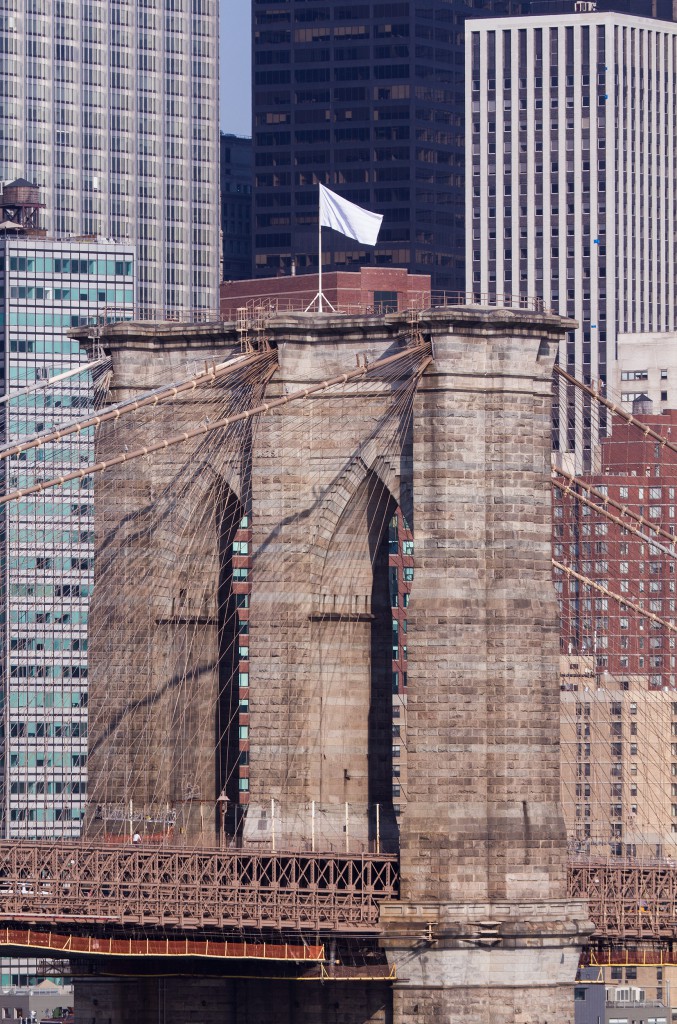
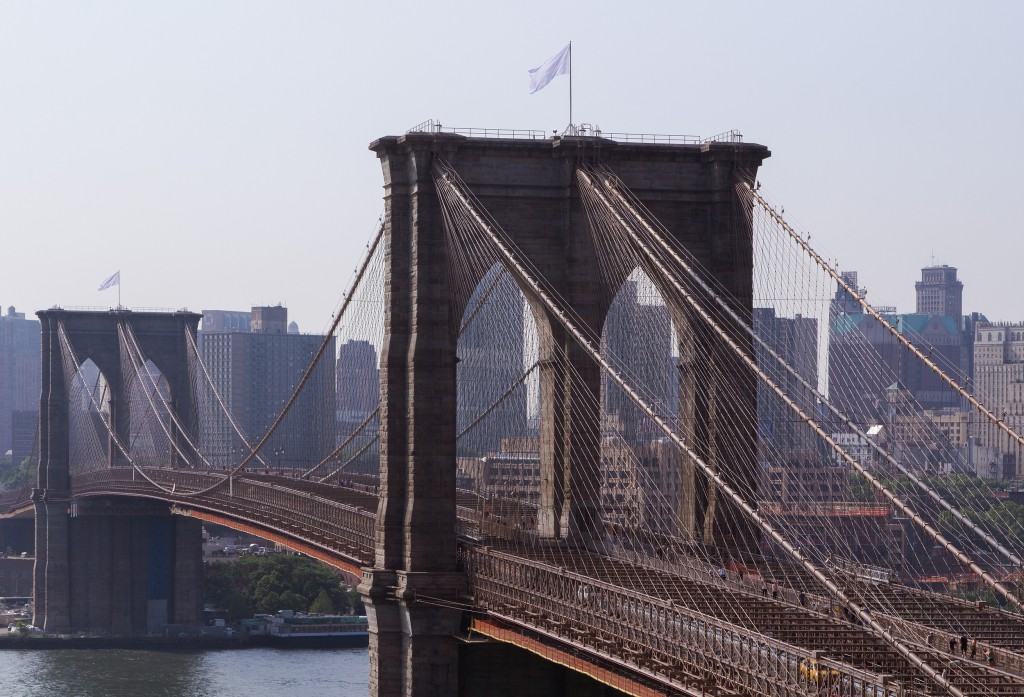
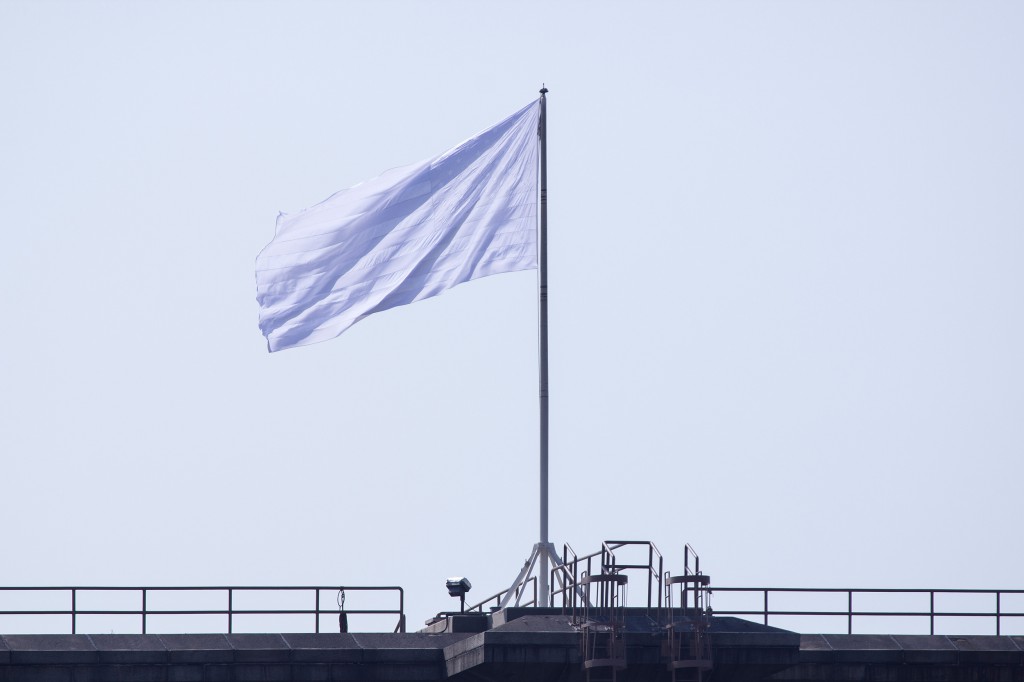
+
+
+
PRESS RELEASE
Berlin, August 13th, 2014
White American Flags
Artists Matthias Wermke & Mischa Leinkauf replaced Old Glory for White American Flags on Brooklyn
Bridge on the 145th anniversary of its architect’s death.
“Suddenly you see this steel poetry […]. It puts everything to shame and makes you wonder what else we could have done that was so marvelous and so unpresumptuous. […] He [John A. Roebling] really aspired to do something gorgeous. So it makes you feel that maybe you, too, could add something that
would last and be beautiful.”
– Arthur Miller (in ”Brooklyn Bridge“ by Ken Burns, 1981)
White American Flags is an art project
White American Flags is an art project by Wermke/Leinkauf. The interventions of the internationally acclaimed artist duo take place in urban environments and address questions of historical legacy and art in the public sphere. Videos, installations and artistic transgressions of the two native Berliners have been published and exhibited widely.
Brooklyn Bridge, July 21st/22nd
In the night from July 21st to July 22nd Wermke/Leinkauf hoisted two hand-sewn white American flags on the towers of Brooklyn Bridge. They were careful to treat the bridge and the flags with respect and followed the U.S. Flag Code. The return of the original flags is in progress.
Like an empty canvas, White American Flags invites many readings, multiple interpretations and projections.
John August Roebling and Washington August Roebling
White American Flags refers to the German-born American architect of the Brooklyn Bridge, John August Roebling, who left his Thuringian hometown Mühlhausen in 1831 in search of a better future in the land of freedom and opportunity. He was a pioneer in the field of suspension bridges and his creations have become landmarks and unique architectural pieces of American history. Tragically, Roebling did not live to see the completion of his greatest work, the Brooklyn Bridge. He was injured in an on-site accident and died on July 22nd 1869. His son, Washington August Roebling, completed the masterpiece fourteen years later. He died on July 21st 1926.
The neo-gothic towers of the bridge were inspired by Roebling’s baptistery, the Divi Blasii in Mühlhausen. Before coming to the U.S. the artists attended a church service at Divi Blasii with the two white American flags in their possession. It is not clear whether Roebling intended to include flagpoles: at any rate, the display of flags has been subject to some controversy and flagpoles have not always been a feature of the towers.
A tradition of public art, uncommissioned work and artistic transgressions
White American Flags recalls Jasper Johns’s flag pieces. In 1954/5 they sparked an emotional debate about art and the symbolic meaning of the American flag. Today, the pieces are on view at the Metropolitan Museum and the Museum of Modern Art. White American Flags abandons the museum and returns art to the real world. The project thus stands in the tradition of uncommissioned art in the public sphere: Gordon Matta-Clark’s Day’s End (Pier 52) (1975), Philippe Petit’s high wire walk between the Twin Towers (1974), Tehching Hsieh’s Outdoor Piece (1981/82) and Gelitin’s B-Thing (2001).
All these pieces were created in New York. The city has always been a magnet for artists, a metropolis praised as “the global center of creativity,” where new progressive art has its place.
www.wermke-leinkauf.com
Photos: Matthias Wermke und Mischa Leinkauf



